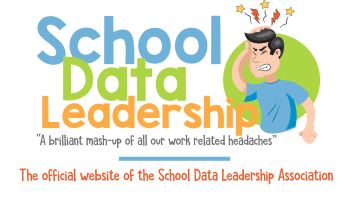Standard 5 - Assessing Students for Learning
Teachers apply knowledge of the purposes, characteristics, and uses of different types of assessments. They collect and analyze assessment data from a variety of sources and use those data to inform instruction. They review data, both individually and with colleagues, to monitor student learning. Teachers use assessment data to establish learning goals and to plan, differentiate, and modify instruction. They involve all students in self-assessment, goal setting and monitoring progress. Teachers use available technologies to assist in assessment, analysis, and communication of student learning. They use assessment information to share timely and comprehensible feedback with students and their families.
5.4 Using assessment data to establish learning goals and to plan, differentiate, and modify instruction
As teachers develop, they may ask, “How do I…” or “Why do I…”
Draw upon assessment data to support development of learning goals
Guidance: Use pre-assessments and diagnostic tools to set individualized goals aligned to grade-level standards and student readiness levels.
Review and revise learning goals with students over time
Guidance: Create a cycle of reflection through student conferencing, progress monitoring tools, and digital goal trackers to revisit and revise learning objectives.
Ensure that student learning goals reflect key subject matter concepts, skills, and applications
Guidance: Align goals with essential standards and core disciplinary practices. Use backward design to map learning objectives to expected outcomes.
Use informal assessments to adjust instruction while teaching
Guidance: Employ strategies such as thumbs-up/thumbs-down, think-pair-share, whiteboards, and observation notes to inform real-time teaching decisions.
Use multiple sources of assessment to measure student progress and revise instructional plans
Guidance: Combine formative, summative, observational, and performance-based assessments. Use rubrics and student portfolios to track progress across time.
Work to differentiate goals and plans based on assessed needs of my diverse learners
Guidance: Create tiered assignments, use leveled texts, provide choice boards, and scaffold instruction based on data collected from formal and informal assessments.
Address the specific needs of English learners and students with special needs as I use assessments to inform instruction
Guidance: Modify assessments to include language supports, extended time, or alternative formats. Use results to provide targeted intervention, support IEP/ELD goals, and remove learning barriers.
